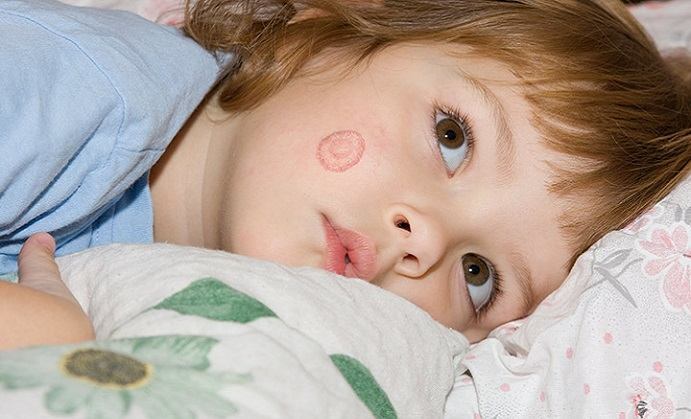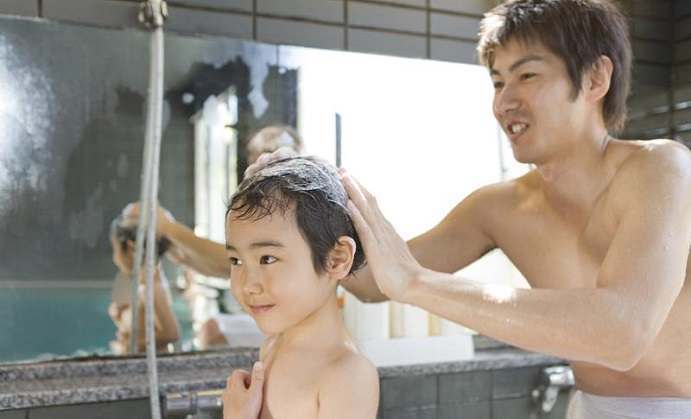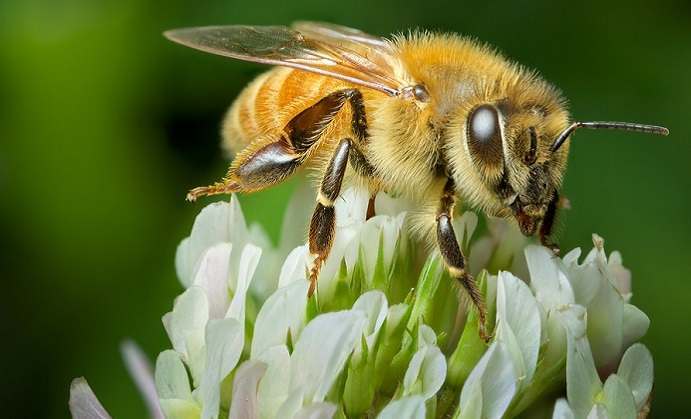Overview
Lots of sweaty attire and taking showers in locker rooms characterize the lives of active children. These factors play a significant part in increasing the possibility of acquiring fungal infections on the skin. Ringworm, athlete’s foot, and jock itch are different fungal infections that occur on the skin. The fungi that cause these infections are known as dermatophytes. These fungi are found on the hair, skin, and nails. They also live in warm and damp areas. The signs of dermatophyte infections differ based on the areas they occur on your body. The common sources of dermatophytes include persons, animals (dogs, cats, and rodents), and contaminated soil. Some factors such as minor scratches and extreme exposure to hot environments and humidity may increase the likelihood of contracting the infection. It is vital to teach children about the best methods of avoiding skin infections caused by fungi. In case of any itchy and unpleasant skin infections, use retail drugs or look for assistance from a doctor if necessary.
Ringworm
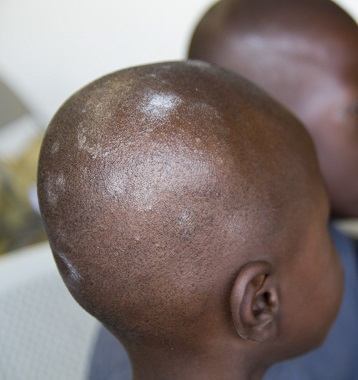 It is crucial to know that ringworm is not a worm. A fungus that may occur on the skin or scalp causes ringworm. The name ringworm emerged from the radial spots that occur in persons infected with the disease.
It is crucial to know that ringworm is not a worm. A fungus that may occur on the skin or scalp causes ringworm. The name ringworm emerged from the radial spots that occur in persons infected with the disease.
Ringworm that affects the scalp might begin as a tiny sore that looks like a pimple. This sore becomes scaly, patchy, and crumbly. The flakes that appear on the affected area may resemble dandruff. Scalp ringworm may cause he hair to break or fall off the skin. The scalp may also become red, tender, and distended. In some cases, a swollen mass called kerion may occur. This mass resembles cellulitis or impetigo. This infection may cause lymph glands to swell if it occurs on the scalp.
Ringworm that occurs on the skin causes red and itchy patches on the infected area. These patches have raised edges. They are also clear at the center. Ringworm may also occur on one or several nails on toes and fingers. Contact a doctor if you think that your kid has contracted ringworm.
Ringworm Treatment
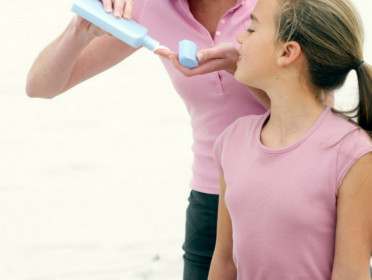 Ringworm diagnosis and treatment is easy. A medical professional can diagnose the infection by observing the infected area. The doctor may also scrape off a section of the infected skin in order to carry out a fungus test. Treatment may involve the application of antifungal creams on the affected skin. Ringworm that occurs on nails and the scalp usually penetrates the skin, which makes oral medications (pills and syrups) more appropriate for treatment. Ensure that the child takes medication according to the doctor’s prescription even if there are signs of improvement.
Ringworm diagnosis and treatment is easy. A medical professional can diagnose the infection by observing the infected area. The doctor may also scrape off a section of the infected skin in order to carry out a fungus test. Treatment may involve the application of antifungal creams on the affected skin. Ringworm that occurs on nails and the scalp usually penetrates the skin, which makes oral medications (pills and syrups) more appropriate for treatment. Ensure that the child takes medication according to the doctor’s prescription even if there are signs of improvement.
Antifungal shampoos can also prevent fungal spores from spreading. School-going children who have been sent home due to ringworm infections can resume school after beginning the treatment process.
Prevention
Fallen skin cells and hair contribute to the spread of ringworm. In this respect, it is vital to discourage children from sharing brushes, hats, pillows, and other personal items. Also, avoid shared tools such as barber instruments, towels, and furniture.
Do you want to find an effective Ringworm treatment? Check out our top rated Ringworm products


